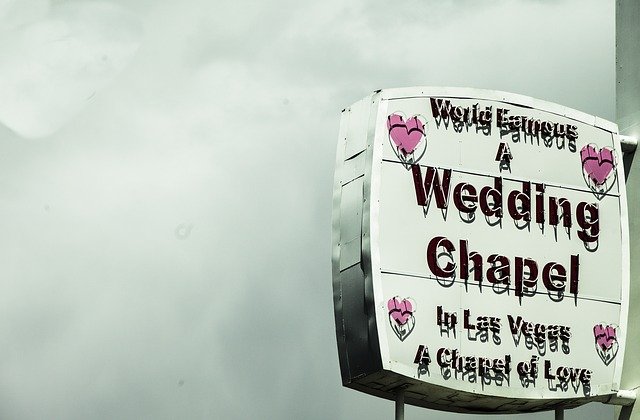Recent events have kicked off a whole new dialogue about marriage and wedding ceremonies. There are plenty of people asking what the difference is when it comes to straight versus gay wedding planning. After all, they say, if a wedding is just a wedding, why is there so much focus on specifically gay wedding planning? Some LGBT couples find this line of questioning offensive but, personally, I think most people asking do so out of genuine curiosity. After all, the questions aren’t typically anything like those featured in the now infamous Key & Peele Gay Wedding sketch. The fact is that if you’ve never had to plan a gay wedding, it’s natural that you might not realize some of the inherent differences.

(Source)
Finding Common Ground for Straight and Gay Wedding Planning
On the surface, there are plenty of similarities between planning a wedding no matter how the couple identifies. For any kind of wedding you need a few basics:
- Coordinating outfits for the happy couple
- A venue
- Guest List
- Attendants
- Outfits and gifts for Wedding Party members
- Invitations
- Flowers
- Rings
- Officiant
- Caterer
- Reception venue
- Music / Entertainment
This is, of course, an incredibly stripped down list and even with this, there is plenty of room to knock a few off the list. Not every couple has a wedding party and some choose to do their own catering. Still, this offers a simplistic foundation on which any wedding ceremony and celebration can be built.
But the similarities end there. Just as there are special considerations for an inter-faith marriage (a glass to step on, a broom to jump over or special chairs for the dance) there are special considerations and decisions which need to be made for any LGBT couple preparing to walk down the aisle.
How to Plan a Gay Wedding
While there are plenty of similarities when it comes to weddings, there are also several differences. The biggest difference is, of course, the couple themselves. Wedding attire traditionally matches or coordinates in some way but, for a same sex couple, that doesn’t have to meat matching suits or dresses. Still, it’s an issue many LGBT couples struggle with – should someone wear a proper tux? Is it okay for both women to wear tuxes? Should both grooms wear matching suits? What about the rings? Should wedding rings for a gay couple match in the traditional sense? What about couples who want to incorporate Pride Jewelry into their wedding wear?
Related issues which need to be addressed include the wedding party and the processional. These matters are minor in the grand scheme of things, but can become worrisome unless they are dealt with early on in the process. Go through the entire ceremony with your partner and deal with each issue as it arises, no matter how small it seems.
Another issue is often, sadly, deciding who to invite. While LGBT acceptance has come a long way, many couples still find they struggle with family and friends who don’t support their decision and who may not even see their union as something to be celebrated.
When this is the case, an LGBT couple must balance their own happiness and welfare as well as the safety and comfort of the rest of their guests against the benefits of inviting these people. Sometimes this means not inviting a person’s own parents, immediate family and even childhood friends – a decision that can cast a shadow on the couple’s otherwise happy day.
The safety and comfort of other LGBT guests can also be an issue, both for home and destination weddings. Many popular destination spots for weddings aren’t exactly LGBT friendly, an issue which can prevent guests from feeling comfortable attending. Even wedding conducted in a couple’s home city should be planned carefully and, when needed, special considerations for security should be undertaken.
Then, of course, there are the vendors. In 2014, WeddingWire and GayWeddings teamed up to ask vendors what they thought about same sex marriage and a whopping 82% of respondents said they planned on serving, helping and supporting same sex clients with the same enthusiasm and professionalism they offered to any other couple. While this has been heartening news for LGBT couples, there’s also been a glut of stories about couples being refused service. If an LGBT couples lives in a rural or conservative state or city, the chances of them running into this problem becomes greater, making vetting vendors a top priority.
While every wedding is different and unique, each wedding also has a common cornerstone – it’s a celebration of two people coming together to begin a new chapter of their lives and a new family. So while there are a number of unique challenges for LGBT couples, that doesn’t make an LGBT wedding strange or weird – it just makes it different. At the end of the day, it’s all about two people coming together to declare their love and devotion for each other and to invite family and friends to celebrate this new chapter of their lives.






1 Comment